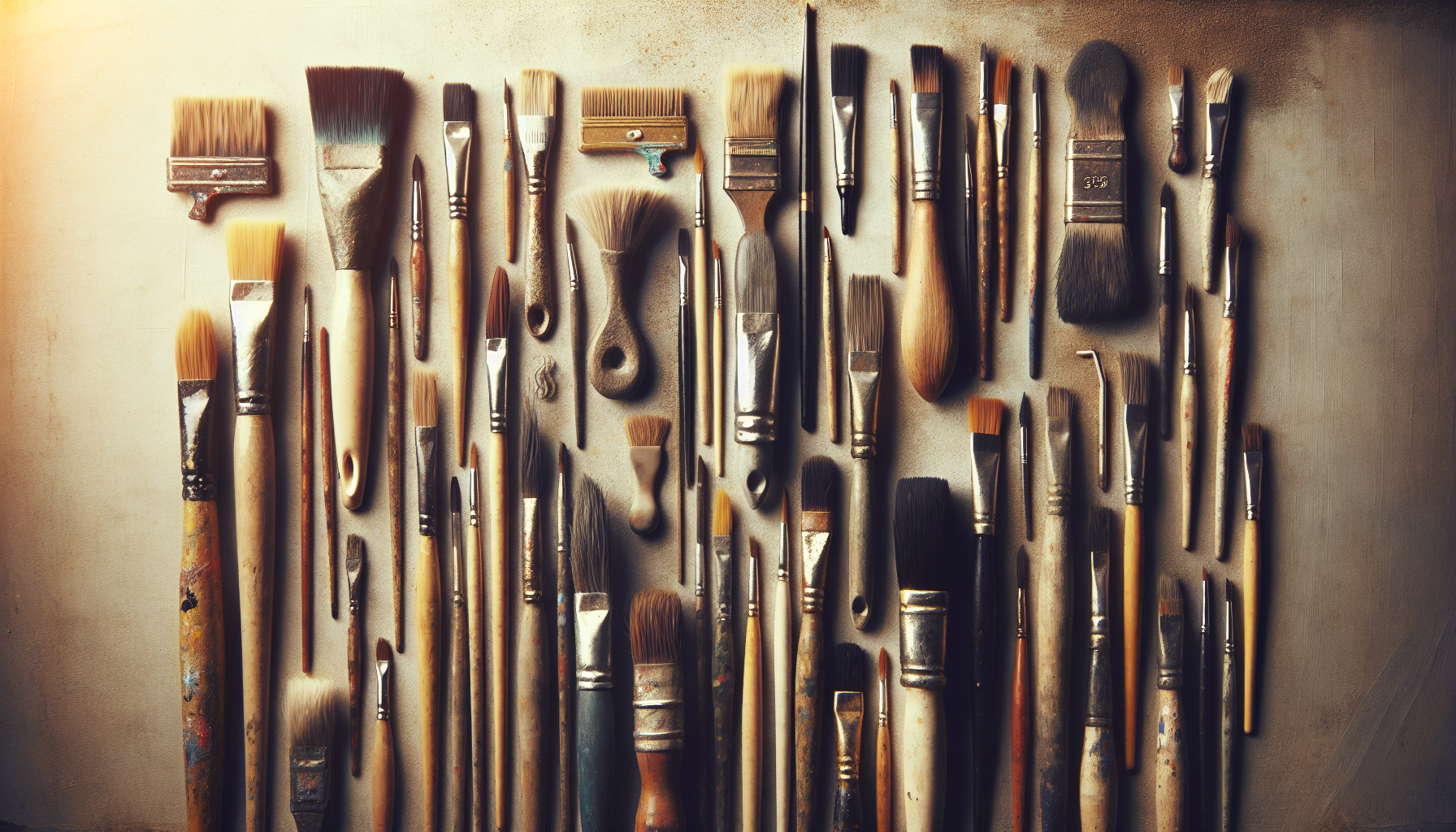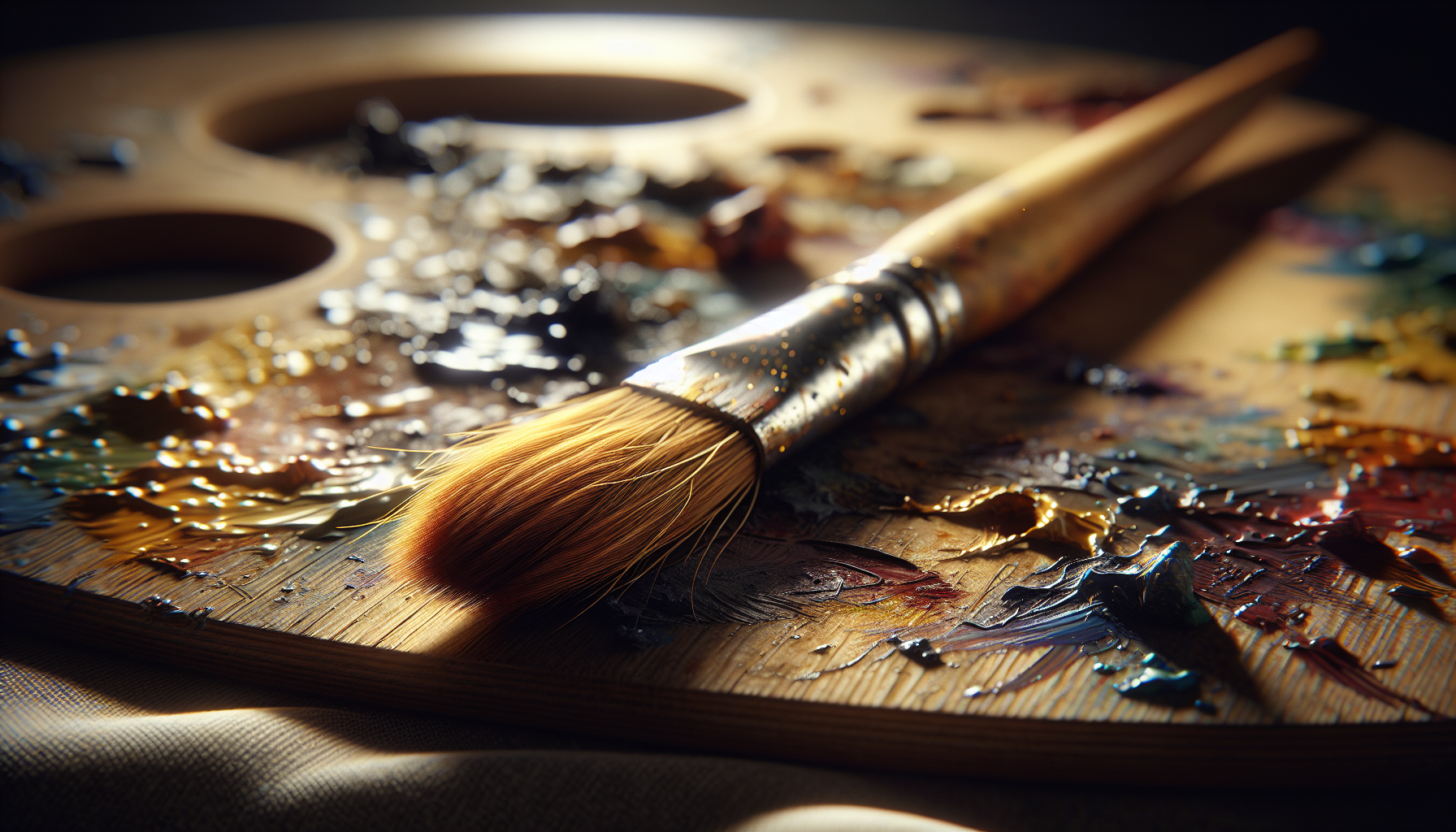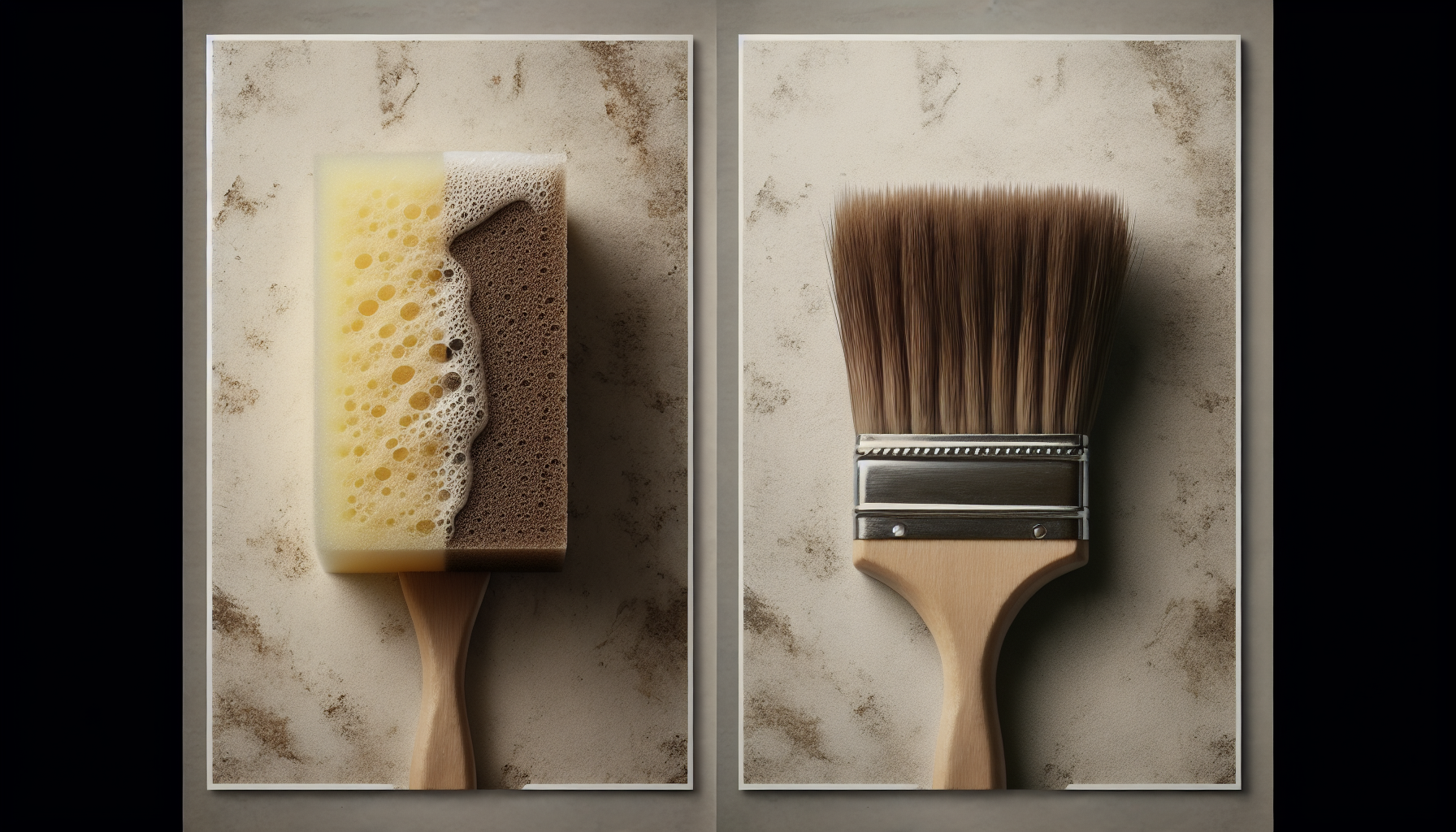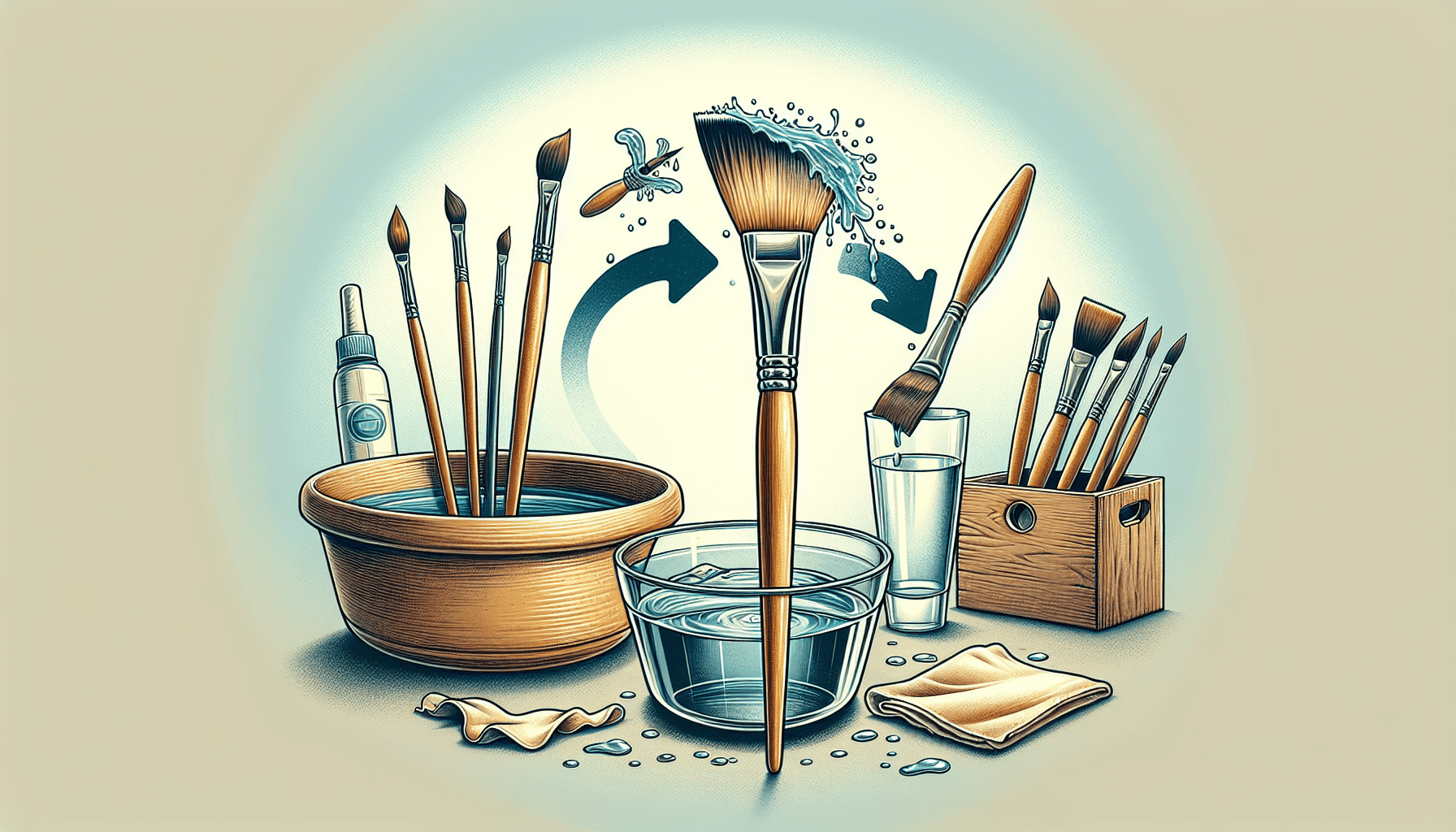Have you ever found yourself overwhelmed by the diverse range of paintbrushes available, uncertain about which size best suits your project? Painting is a refined art, and selecting the correct tools can significantly impact your work’s quality and your overall painting experience. Understanding paintbrush sizes is essential for both beginners and professional painters. This guide aims to simplify the complexities associated with paintbrush numbers and their specific uses.
What Do Paintbrush Numbers Mean?
Paintbrush numbers can be confusing, especially when you’re faced with a wall of brushes sporting an array of seemingly unrelated digits. These numbers, typically printed on the handle or ferrule of the brush, represent the size of the brush. They give you a basic idea about the width and length of the bristles and help in selecting the appropriate tool for a particular painting task.
Interpreting Paintbrush Numbers
The numbering system isn’t standardized across brands, which means a size 6 brush from one manufacturer might differ slightly from a size 6 of another. However, generally, the smaller the number, the smaller the brush. For example, a size 1 brush is usually quite small and suitable for detail work, whereas a size 24 brush could be much larger, appropriate for broader strokes.
European vs. American Numbering Systems
There are different systems used for numbering paintbrushes. For instance, in some European countries, the brushes might be numbered differently compared to American brands. Understanding the manufacturer’s specifications is crucial when transferring knowledge across these different systems.
Selecting the Right Paintbrush Size
Choosing the right brush size depends on various factors, including the type of painting you’re doing, the surface texture, and the level of detail you wish to achieve. Different projects might demand different brushes; therefore, it’s beneficial to have a variety of sizes in your toolkit.
Detail Work
Fine details require smaller brushes. A round brush with sizes ranging from 000 to 1 is suitable for intricate work where control is crucial, such as when painting detailed features in portraits or delicate line work in decorative arts.
General Coverage
For general brushwork or filling in larger areas, you’ll want a medium-sized brush. Brushes sized between 6 to 10 are usually ideal for these tasks. They allow for greater coverage but still provide some control for moderate details.
Large Areas
When painting large surfaces or applying a base coat, larger brushes are necessary. Sizes 12 and up, including flat brushes, are excellent for quickly covering extensive areas. They load more paint and spread it efficiently, which is ideal for backgrounds and large wall spaces.
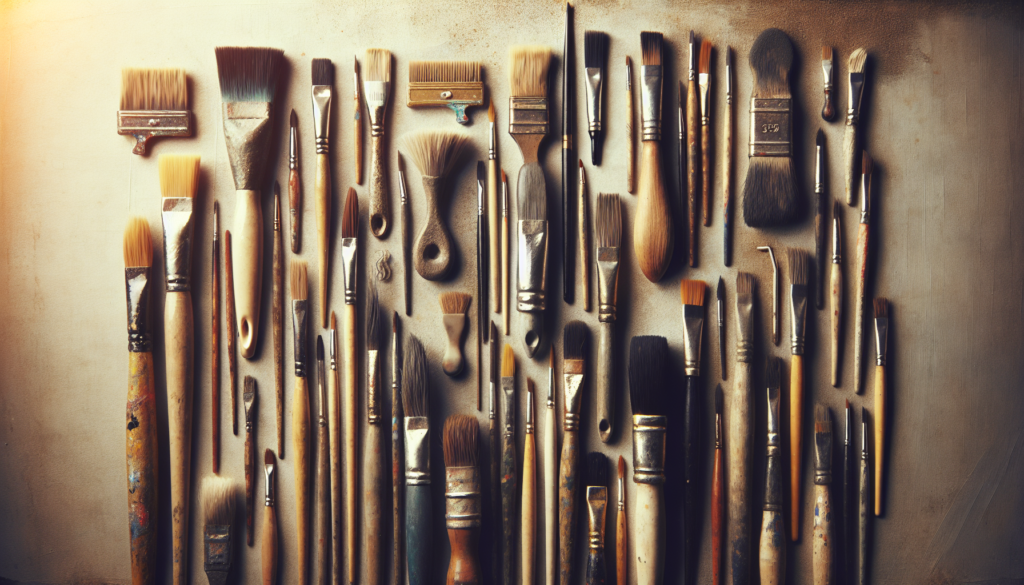
Common Types of Paint Brushes and Their Uses
Knowing the sizes is part of the equation. The type and shape of a brush also dramatically affect the painting process and outcome. Different shapes cater to different strokes and effects.
Flat Brushes
Flat brushes can feature sharp, square edges or slightly rounded edges. They are perfect for bold strokes, filling wide spaces, and creating fine lines with their edges. Sizes 6 to 24 can serve various purposes depending on the brush width in millimeters.
Round Brushes
Round brushes taper to a point and are excellent for detail work and lines. They offer flexibility in stroke width by changing the applied pressure. Round brushes in sizes 0 to 6 provide precision, while larger round brushes, such as those in sizes 8 to 12, are great for less detailed work.
Fan Brushes
Fan brushes are great for blending colors, softening edges, and creating textures like grass or fur. The size of a fan brush, often ranging from 2 to 12, determines the amount of texture or the width of blending it can achieve.
Materials and Their Impact on Brush Sizes
The material of the bristles can influence the brush’s size utility. Synthetic bristles differ from natural ones in terms of paint application and overall finish.
Synthetic Brushes
Synthetic bristles, made from materials such as nylon or polyester, are often preferred for their versatility and durability. They work well with acrylics and paints that have a thicker consistency. Sizes in synthetic ranges may slightly differ due to material stiffness.
Natural Brushes
Natural bristles, sourced from animal hair (like hog or sable), offer excellent capacity for holding paint and provide a smooth application. They are ideal for oils and watercolors. Although the sizes are similarly numbered, the natural brush might hold more or less paint based on its structure.
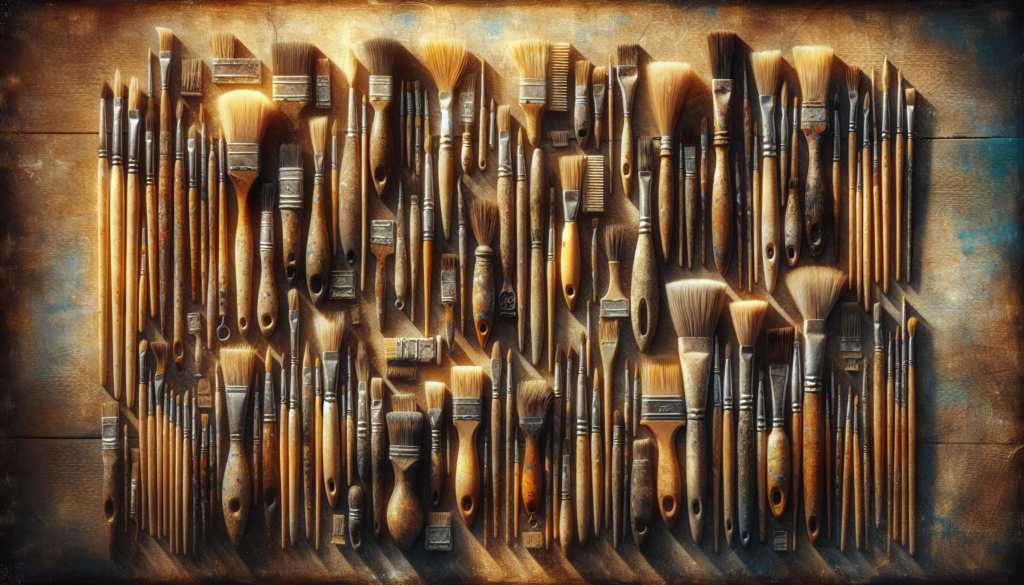
Understanding the Influence of Surface Texture
The type of surface you’re painting on also impacts which brush size and type to use. A smooth canvas or paper may require different tools than a rough, textured canvas or wall.
Smooth Surfaces
On a smooth surface, smaller brushes can offer a high degree of detail and control due to the lack of resistance. Sizes 0 to 6 brushes, regardless of type, are usually effective for detail work on smooth surfaces.
Textured Surfaces
For rough textures, larger brushes with robust bristles help cover the uneven surface effectively. Flat or oval brushes in sizes 8 and above are preferred to ensure the bristles reach all crevices.
Care and Maintenance of Paint Brushes
Once you’ve selected the right brushes for your project, maintaining them correctly ensures their longevity and effectiveness. Brush care involves proper cleanup after each painting session and adequate storage.
Cleaning Your Brushes
Each type of paint requires a different cleaning method:
- Acrylic Paints: Use soapy, warm water.
- Oil Paints: Use turpentine or a similar solvent.
- Watercolors: Simple rinsing with water will do.
Storing Brushes
Store your brushes with the bristles up to prevent them from bending or breaking. Ensure they are dry before storing them in a cool, dry place to maintain their shape and quality over time.
Conclusion
Understanding paintbrush sizes and their corresponding uses can elevate your painting experience and outcome. By choosing the right brush, you enhance your ability to express your artistic vision effectively and efficiently. A well-maintained selection of brushes not only saves time but also helps you achieve the specific effects you desire in your work. Whether you’re detailing the eyes of a portrait or applying broad strokes on a mural, the ideal brush awaits you, turning your canvas and imagination into a masterpiece.
